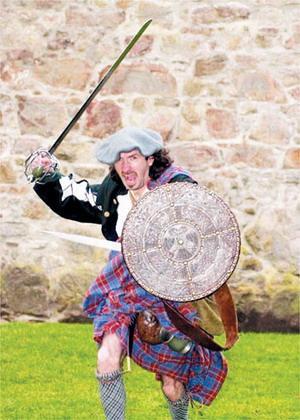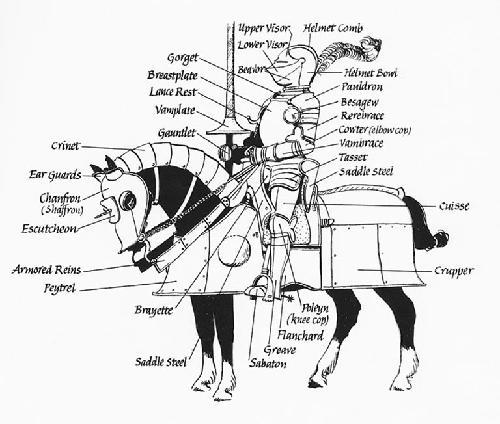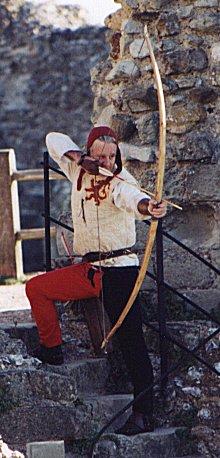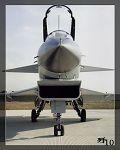| Steed and shield——Famous campaigns between infantry and cavalry | |
|---|---|
| Mar 16, 2007 02:04 | |
 | Steed and shield——Famous campaigns between infantry and cavalry Classification of cavalry : Stirrup & Non-Stirrup Light cavalry & heavy cavalry Stirrup can combine the cavalry and horse into a perfect whole, so that greatly enhanced the capability to surprise. Classification of infantry : Light infantry & Heavy infantry Heavy infantry——Positive defense and , wearing heavy armor, armed with long-weapons such as spears、yataghan、sword. Light infantry——Junior offensive and , wearing light armor, armed with light-weapons such as stiletto、shield. If an army with cavalry for its mainstay meet a military confrontation with another army with infantry as its main force, then we can easily find: 1\ The most critical advantages of cavalry: powerful mobility,which could strike the enemy's any weakness; Fierce attack, which could play a great role in the destruction. 2\ Cavalry has the advantages of high speed and strength. The weight and speed of horses strengthen the cavalries' ability of sudden strike. 3\ Cavalry has advantages of psychological variable and momentum. Condescending posture makes cavalry have the sense of superiority. 4\ Infantry generally was in a defensive position, for its disadvantage of mobility. In fact, they are unable to take the initiative and the pursuit. 5\ In the jungle, mountanious region, storming the city or securing the city, infantry take the advantages, because cavalry in a small area can not take its mobility advantages in such a small area. So in the south of China, Italian Peninsula, Ibero Peninsula and Balkan, it's difficult for Cavalry to survive. (Pic : Scottish infantry armed with long sword and round shield)  |
| Mar 16, 2007 02:06 | |
 | FAMOUS CAMPAIGN Falkirk battle In Falkirk campaign, the Scots knew that their heavy infantry was more suitable for defending, thus they were waiting for the English's attack. The commander of Scots was competent William Wallance (protagonist of famous movie "Brave Heart"). In an earlier campaign, the Scots organized their defense behind a marshy area, and they did it, then defeated the English. So Wallance knew how to use heavy infantry cope with the English. This time, like previous battle, the Scots deploied their defense behind soft land. Scottish heavy infantry equipped with 12-foot-long spears, used the great depth in battle formation. In defense, the first row were kneeling and holding the spears which handles contacts to the groud. The rest soldiers were holding their spears peacefully. Scots devided their heavy infantry into four great battle formation, in order to form an all-round defense. And the archers were deployed in the middle. The battle began. England heavy cavalry scattered through soft ground from both sides. Without orders, cavalry rushed out to the Scots. Fierce attack broke up the Scottish light infantry, but those heavy infantry was safe. When the English cavalry wanted to attack the Scots once again, the King Edward arrived. The commander, who owned the ability of tactical judgement, found: the first attack just broke up the Scottish light infantry, so that it was useless to strike the heavy ones. Thus, he stopped the cavalry, but mobilized the longbows. He ordered them to fire at several locations of Scots. When the intensive arrows stroke Scottish heavy infantry strongly, the Scottish formation was disrupted. At that time, the King Edward commanded his cavalry to totally attack. Cavalry easily defeated their opponents. ----------------------------------------------------------------------------------------- I think u remember the scene that William Wallance order their men use long spears to against cavalry in the movie of "Brave Heart" ? u know the power of long spears. Now see the longbows? Like old saying——everything has its vanquisher. |
| Mar 16, 2007 02:34 | |
 | clothing |
| Mar 20, 2007 23:11 | |
 | WOW, so academic |
| Mar 21, 2007 04:10 | |
 | You remind me a interesting topic I came across in other bbs. What would happen if the brave Mongolian cavalry encounter the army in the Lord of Rings? |
| Mar 21, 2007 04:12 | |
 | That must be funny :P |
| Mar 21, 2007 04:25 | |
 | MAY001 your question is very funny~~like a Chinese old crosstalk——关公战秦琼 |
| Mar 27, 2007 15:11 | |
 | By the way in the history the Mongols already met and destroyed a lot of "Lords" in Poland, Hungary, Bulgaria, etc. |
| Mar 28, 2007 23:00 | |
 | Mongols were very famous at that time. Europeans could not forget it ! |
| Apr 6, 2007 15:28 | |
 | Jimmy, You bring such interesting subjects to this forum, you may be interested to know of a particular weapon that turned the balance of power between the English and the French Knights many centuries ago - the Longbow. One story told in medieval times was that an arrow fired from a long bow could penetrate four inches into oak. Recent tests have shown that this anecdote is true when the arrow is fired close up. From 200 metres, a longbow arrow penetrated over one inch of solid oak – more than sufficient power to penetrate the armour worn by soldiers. Plate armour gave more protection but could still be penetrated from 100 metres. The maximum range of a long bow was 400 metres but at this distance, it was far less effective. The power of the longbow has been carried down the centuries by the rudest of jestures - the predominantly english 'two fingered salute' (not as used as the 'v for victory' gesture). This waving of the first two fingers of the right hand was a gesture of defiance shown by english archers to the french to signify that they still had their bow-string fingers - the French had a practice of cutting them off prisoners in order to 'disarm' longbow archers. Many gruesome battles were fought whose names still have power today - Agincourt, Crecy, to name but two. Many times over, Knights in the kind of shining armour your pictures illustrate were decimated by this terrifyingly simple weapon of war.  |
Post a Reply to: Steed and shield——Famous campaigns between infantry and cavalry












 Copyright © 1998-2025 All rights reserved.
Copyright © 1998-2025 All rights reserved.